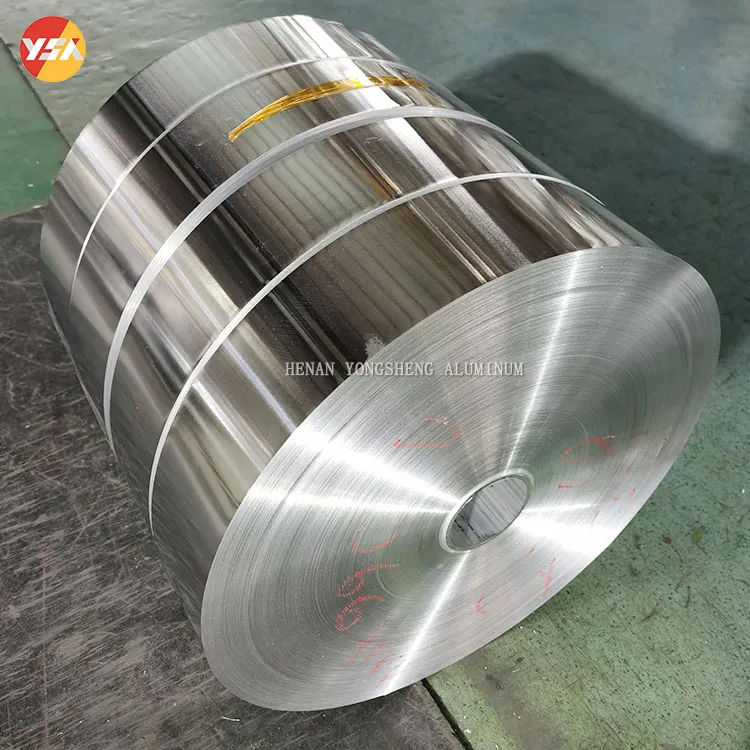Aluminum strips are versatile materials that find a wide range of applications due to their unique properties. Here are some key properties of aluminum strips:

- Ligero: Aluminum is a lightweight material, making aluminum strips suitable for applications where weight is a concern. This property is particularly important in industries like aerospace, automotive, and transportation.
- Corrosion Resistance: Aluminum has a natural ability to form a protective oxide layer on its surface, which provides excellent corrosion resistance. This property makes aluminum strips ideal for outdoor and marine applications.
- Conductivity: Aluminum is a good conductor of electricity, making it useful in electrical applications such as wiring, power transmission lines, and electrical components.
- Thermal Conductivity: Aluminum exhibits high thermal conductivity, allowing it to efficiently transfer heat. This property is advantageous in heat exchangers, radiators, and other heat-dissipating applications.
- Ductility: Aluminum is highly ductile, meaning it can be easily stretched and formed into various shapes without cracking. This property is crucial for applications where complex shapes are required, such as in the automotive and manufacturing industries.
- Reflectivity: Aluminum has a high reflectivity for both visible light and heat radiation, making it suitable for applications like reflectors, solar panels, and light fixtures.
- Non-Toxicity: Aluminum is non-toxic, which makes it safe for use in food and beverage packaging. It does not impart any taste, odor, or color to the substances it comes into contact with.
- Reciclabilidad: Aluminum is highly recyclable without a loss in quality, which helps to reduce energy consumption and environmental impact. This property makes aluminum an environmentally friendly choice for various applications.
- Malleability: Aluminum can be easily molded and shaped without losing its structural integrity, making it suitable for a wide range of fabrication processes.
- Strength-to-Weight Ratio: Although not as strong as some other metals like steel, aluminum has a favorable strength-to-weight ratio. This property is advantageous in applications where a balance between strength and weight is required.
- Appearance: Aluminum strips have a metallic appearance that can be aesthetically pleasing. They can be finished with various surface treatments such as anodizing, painting, or powder coating to enhance their appearance and durability.
- Ease of Joining: Aluminum can be easily joined through methods like welding, soldering, and mechanical fastening, making it convenient for manufacturing processes.
It’s important to note that the properties of aluminum strips can vary depending on the specific alloy and temper used. Different alloys are designed to have varying combinations of these properties to suit different applications.